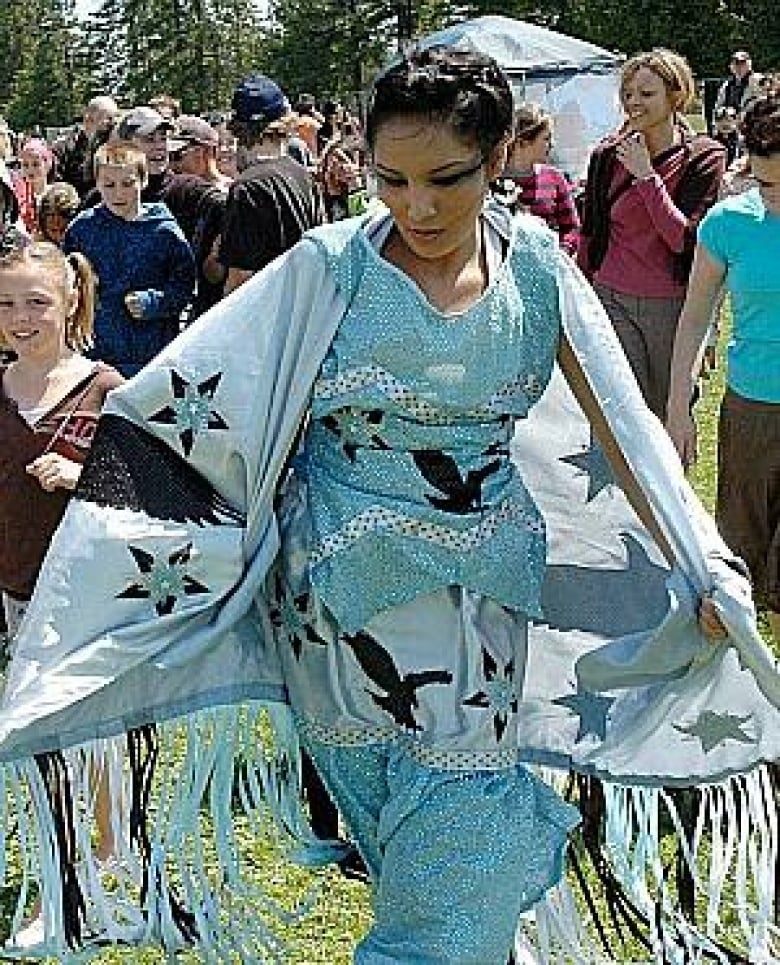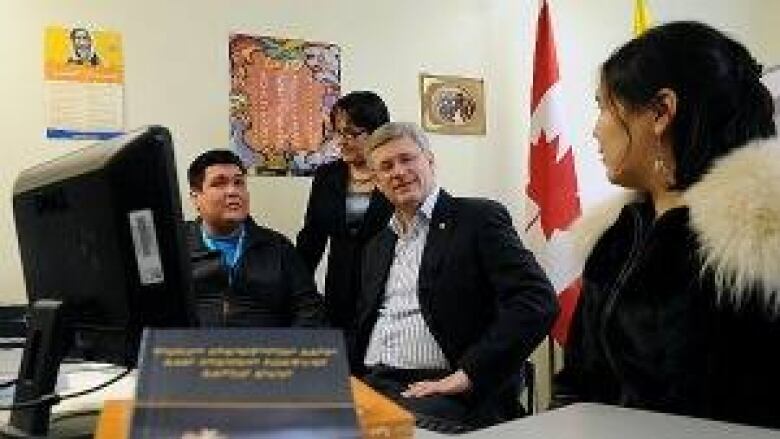House endorses equal funds for First Nations education
Non-binding NDP motion makes on-reserve schools a budget priority
Federal politicians from all parties have unanimously supported a motion to dramatically improve the funding and quality of First Nations education.
Now, all eyes are on the Conservatives to see if they back up their sentiments with real money.
"Today is historic and we are half way there. It is up to the government to live up to the promise they made," said NDP MP Charlie Angus, who has worked tirelessly for four years to make the Shannen's Dream campaign a reality.

The campaign is named after Shannen Koostachin, a teenager from the Attawapiskat community near James Bay, in Angus's northern Ontario riding. Angry about her own quality of elementary education, she spearheaded a student-led drive to improve schooling on reserves across the country.
But she died in a car accident in 2010, before seeing major progress.
Her close friend Chelsea Edwards, also from Attawapiskat, picked up where Shannen left off.
"I feel that we have accomplished so much in so little time. It's time to put words into action," 16-year-old Edwards said in an email from the NDP celebration on Parliament Hill after the vote.
The Grade 11 student is attending high school in Timmins, Ont., staying at a boarding house in an attempt to qualify for courses in human rights at Carleton University in Ottawa.
Unanimous support
The House of Commons voted 268 to zero in favour of Angus's motion to put First Nations schools on an equal footing with provincial schools.
The Assembly of First Nations figures equal funding means about $500 million a year, since some analyses calculate that kids on reserves get about $2000 to $3000 less, each, per year, than off-reserve pupils.
"Our kids deserve good schoolsschools that nurture them in their languages and cultures and schools that create the opportunity for success," AFN National Chief Shawn Atleo said in a statement Monday night.
"The support of all Parliamentarians is a key next step and a solid indication that we are on the right path forward. We now look for action and commitment to implement this motion, including investment."
The AFN has been working with the federal government for the past year in a joint approach to improve native education.
So far, their efforts have led to a fat report and many fine words but no funding. Both Atleo and Prime Minister Stephen Harper are under intensifying pressure from regional chiefs and bands across the country to take concrete action.
There have been hints that this spring's budget could contain funding, but Harper is loathe to put hundreds of millions in one place and usually favours a more incremental approach.
Angus warned Monday that the pressure will only get worse if Harper lets them down.
"We have been getting calls from across Canada, from children, from schools, from churches. And their message is clear. They are going to keep up the pressure until the government makes this dream a reality."
Edwards went to elementary classes in a collection of chilly portables next to contaminated land on her reserve near James Bay. The doors on the portables don't close properly, and students often wear their coats. The students have been waiting for years for a permanent building.
A recentfederal-First Nations task forcefound that at least 100 schools across the country were unfit for learningadding to the problems that mean less than half the students on reserves ever graduate from high school.
Harper has said he understands the need.

For him, better education is the key to greater economic independencea message he reiterated a few days agoin Iqaluit where he announced new funding for adult basic education.
"By improving access to adult basic education, we are giving Northerners the tools they need to seek higher education and secure employment in sectors that contribute to Canada's economic growth," Harper said.
Reacting to the motion Monday night, Aboriginal Affairs Minister John Duncan was vague about what the government will do.
"Our government is already investing heavily in education infrastructure, including building over 30 new schools, new additions to 22 other First Nations schools and over 200 other important projects," the minister said in an email statement.
"We made education a top priority in the Canada-First Nations Joint Action Plan and the recent Crown-First Nation Gathering in January. We will continue on our path ensuring support for training, skills development and education for First Nations."
Many reserve schools lack basic equipment, gyms, libraries and supplies. Some children go to class in mouldy buildings. Turnover among teachers is high.
It's not enough to add more portables, says Angus. In Attawapiskat, he says, children often go to class with their coats on and never get warm since they're shuttling from portable to portable all day.
In nearby Fort Albany, where they have a permanent school, Angus says it's a different story. There, the building has become a focal point for the community, a source of pride and symbol of progress. Attendance is better, social problems among youth fewer, and education outcomes are improving.
"A school is the beginning of a community for children," he said.
In supporting his motion this evening, theConservatives are signalling they agree the government role needs to change, Angus added.
"They are agreeing to closing the funding gap. They're agreeing to setting up the same methodology for school construction and for class-size ratios, for school resources that exist in provincial jurisdiction. That has never happened before."












_(720p).jpg)


 OFFICIAL HD MUSIC VIDEO.jpg)
.jpg)



























































































